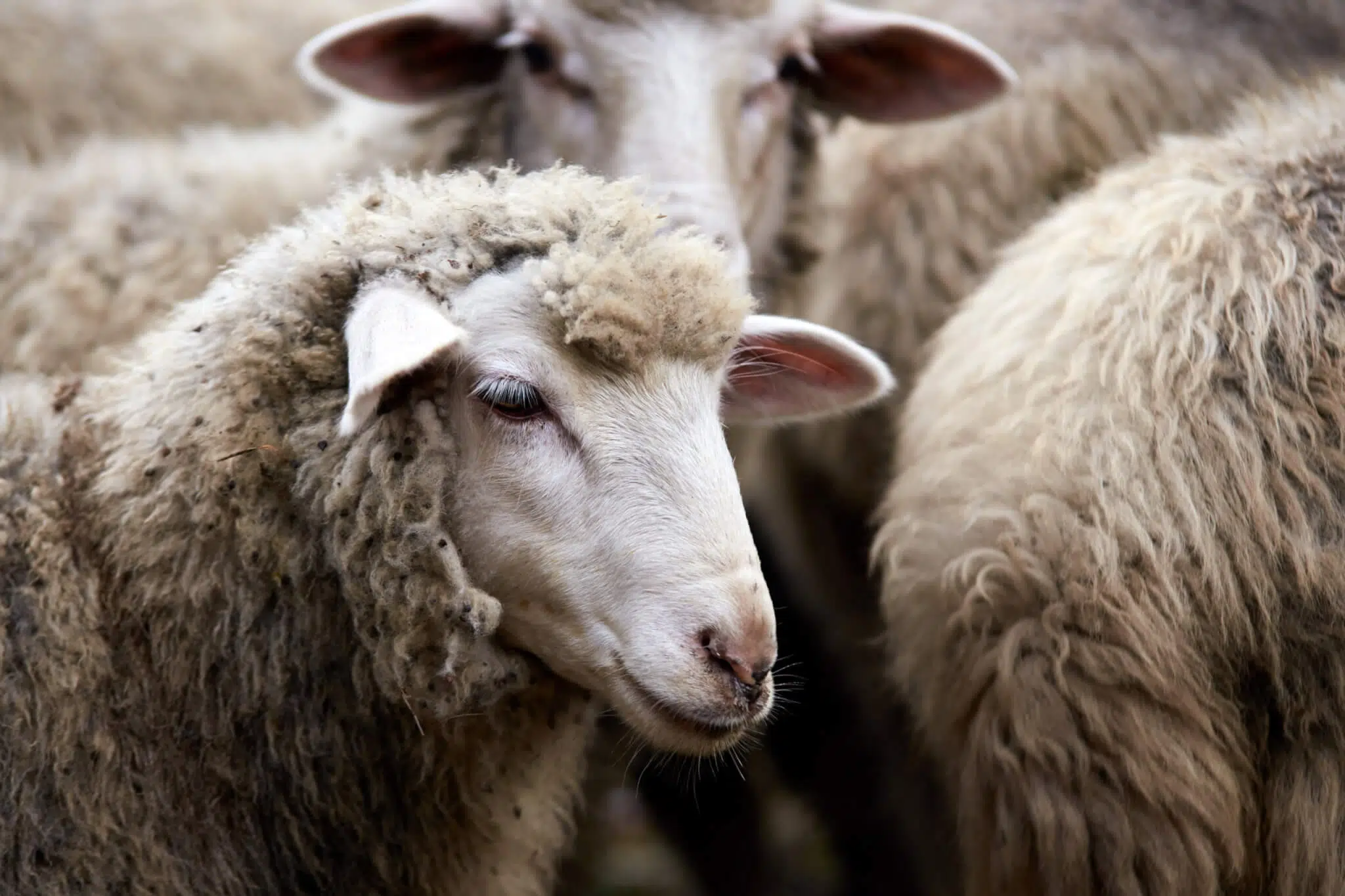Grain poisoning is commonly seen in sheep after consuming large quantities of grains that they have not been appropriately adapted to. This type of poisoning is the result of ruminal acidosis. Subacute ruminal acidosis (SARA) may occur when livestock eat rations high in starch and low in fibre. The microbes in the rumen rapidly ferment this starch, leading to a lactic acid build-up. Lactic acid is a volatile fatty acid (VFA) that causes the ruminal pH to rapidly drop. Ruminal pH generally fluctuates throughout the day, following eating and sleeping patterns of your sheep. However, when the pH stays below 5,5 for longer than three hours a day, things will start to fall apart.
In mildly affected grain-poisoned sheep, a reduced appetite coupled with diarrhoea and slowed rumen contractions are observed. As the poisoning cases worsen, these contractions cease alltogether, resulting in bloating and, ultimately, death within 24 hours. The kicker with acidosis and adaptation in sheep is that often animals appear to recover, but after a few days will relapse as the rumen has been previously compromised. Unfortunately, your sheep won’t be the only ones left licking their wounds as increased production costs are to be expected due to compromised immunity, reduced feed intake, and subsequent drops in growth rate!
Manage your risk
The quantity of grain eaten as well as the degree of adaptation to the diet dictates the severity of the poisoning. Adaptation periods are important in the cases of any change to your flock’s diet. Use these five simple tips when adapting your flock to prevent grain poisoning:
- Increase the grain content of your diet gradually over two weeks. Rapid changes to the diet are detrimental, as the microbial population is not prepared for the increased starch-load and the build-up of lactic acid that will follow. A general rule of thumb for gradual introduction of grains into the diet is to replace up to 20% of the roughage content in the diet with grains every five days. Ensure that the final ration has a minimum roughage content of between 15% and 20%.
- Monitor your flock closely to determine if sheep are handling the adaptation well. Reduced intakes and diarrhoea are early indications that you are pushing your animals too hard. Call your animal nutritionist to ask about increasing the roughage content of your feed in cases like these.
- Sheep are curious creatures. Good security of your grain stores is imperative in preventing accidental poisoning!
- Use a feed additive throughout the adaptation period to help prevent the occurrence of acidosis. Dietary buffers are great in preventing the rapid reduction of ruminal pH after a meal, and certain buffers have the capacity to maintain a healthy ruminal pH throughout the day.
- Most importantly, use the 5 R’s of good feed management to prevent any further mishaps. Ensure that you are giving the:
- RIGHT feed;
- to the RIGHT pen;
- in the RIGHT amount;
- at the RIGHT time;
- in the RIGHT way.
Conclusion
Careful introduction of grains to your sheep will ultimately safeguard their rumens against bouts of grain poisoning. Talk to your animal nutritionist about acidosis and adaptation in sheep to ensure a smooth transition between diets.
Intern: Ruminant










